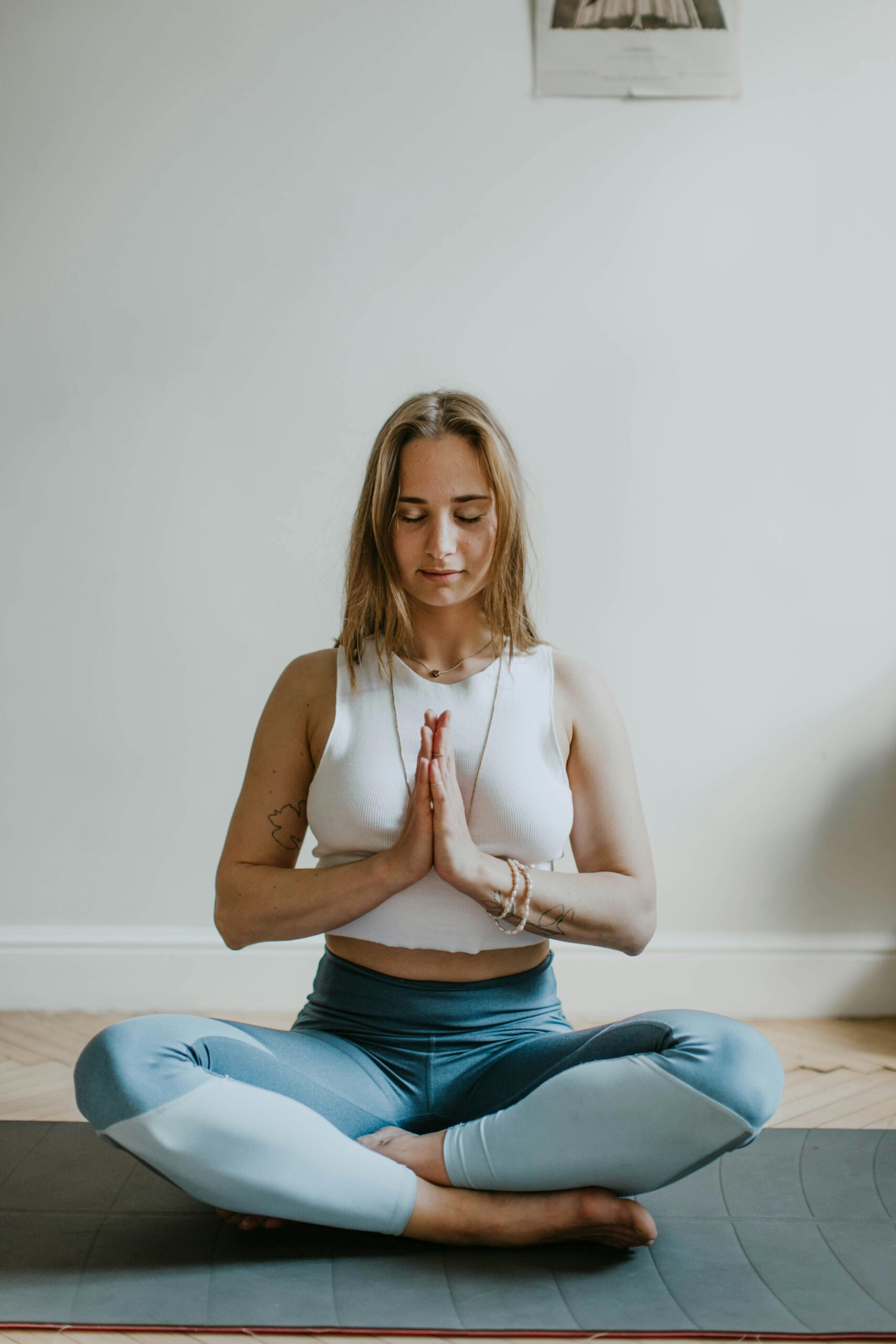When it comes to reasons why you should exercise, everyone knows that one of the most important ones is because it’s good for your body. However, another reason that doesn’t get brought up nearly as often is that exercise is good for your mental health too.
True self-care looks like taking care of your brain and body so that all of you feels well! As holistic therapists and practitioners, we know that mental health and physical health are equally important. If you want to take care of yourself: eat well, be nice to yourself, work on your relationship with yourself (which you can do in therapy), and exercise!
How does exercise actually improve mental health?
Exercise does a great job of relieving the tension that gets stored up in your body. It also helps those who have sedentary jobs that keep them seated for long periods. Exercise releases endorphins, chemicals whose entire purpose is to make you feel good and relieve pain.
Some of the benefits of exercise include improved immune health, better sleep quality, lowered stress levels, and high self-esteem. Research has also found that moderate exercise (exercise that doesn’t have you completely out of breath, but gets your heart rate up) 3-5 times a week can be as effective as antidepressants.
Exercises for Improving Your Mood
If you’re someone who doesn’t enjoy exercising, that’s okay! There are plenty of ways to move your body. Finding one you enjoy is the best way to go.
Here are some exercise ideas, both non-traditional and traditional:

1. Walking
Walking is a great way to move your body. Pick an area you love or even go for a stroll around your neighborhood and listen to a podcast or some music while you briskly walk. If you’re looking to get your heart rate up a little bit more, try walking in a hilly area or going on a hike.
2. Gardening
Yes, gardening can count! Lawn-mowing, raking, pulling weeds, or sweeping the patio can all be an exercise if you get a little sweaty. Plus, you’ll have something to look at and feel proud of.
3. Yoga
Yoga is a great way to exercise and that doesn’t require a gym or involve intense cardio. Additionally, because yoga concentrates on breath and movement, it’s a way to move your body while practicing mindfulness! There are lots of paid and free resources to support you along the way.
4. Biking
Switching your car out for a bike ride instead can help you add more movement to your routine. If you have kids, you can turn a bike ride into a family event, helping everyone get a little exercise into their day!
5. Weight lifting and cardio
Of course, you can always choose a more traditional workout routine that involves weightlifting and/or cardio. Weight lifting refers to any type of exercise that relies on resistance. For example, walking lunges with dumbbells count as weight lifting. Cardio exercises are workouts that increase your breathing and get your heart rate up. For example, running and swimming count as cardio.
A note for those who struggle with anxiety…
If you’re someone who experiences anxiety or panic attacks, doing hard exercises can imitate those feelings. When you first start working out, pay attention to how you’re feeling. If a certain type of exercise makes you feel panicky, try something else.
No matter what, don’t push yourself so hard that your body is constantly exhausted. Balancing exercise with rest is important.
Tips to help you get started and stay consistent when it comes to exercising

1. Aim for 150 minutes per week
Ideally, for the max mental health benefits, you want to move your body for around 150 minutes per week. That’s 30-minutes five times a week which can sound like a lot, but not when you consider that many activities like walking or biking somewhere can count as exercise! If you’re someone who doesn’t have a lot of time during the weekdays, feel free to split your exercise between two days on the weekends. It’s all about finding what schedule works best for you. Once you know that…
2. Create a routine
Humans are creatures of habit! You can use this to your benefit by creating a routine around the exercise habits you want to keep up with. If on Friday nights you and your family go out to eat, try switching the car out for your bikes. If you want to work out in the morning, get into the habit of laying out everything the night before. When you’re just getting started, start small and be consistent. Even going for a short walk right after you get off work or before you go to work can help improve your mental health and fit easily into your already established routine!
3. Phone a friend
If you’re having a hard time holding yourself accountable or feeling lonely when you go to exercise, find a workout partner! This partner could be someone who goes on runs with you, tags along with you to the gym, or even someone who you just chat with as you go on a long walk. If you can’t find someone who’s interested, you can always sign up for a class. Classes are a great way to have company while you work out, push yourself, and create a new routine!
4. Choose exercises you like
This may go without saying, but it’s going to be easier to be consistent if you actually enjoy the type of exercise you’re doing. Pick something you hate and it’s guaranteed to end quickly. Don’t be afraid to explore new options! Exercise can take on many shapes: dancing, horseback riding, Zumba, and Wii sports count too! Find what you enjoy and incorporate more of that into your routines!
5. Start small
While the goal is to aim for 150 minutes of movement a week, anything is better than nothing. Set realistic goals for yourself. Don’t beat yourself up if you miss a day. Start with smaller goals and as you prove to yourself how capable you are, push yourself to do a little more.
Moving your body is a form of self-care and will help you feel better physically and mentally. Of course, don’t forget to support your mental health in other ways too! We want to make sure our bodies and minds are as happy and healthy as can be! Therapy is a great way to tend to the mental health part of the equation!






